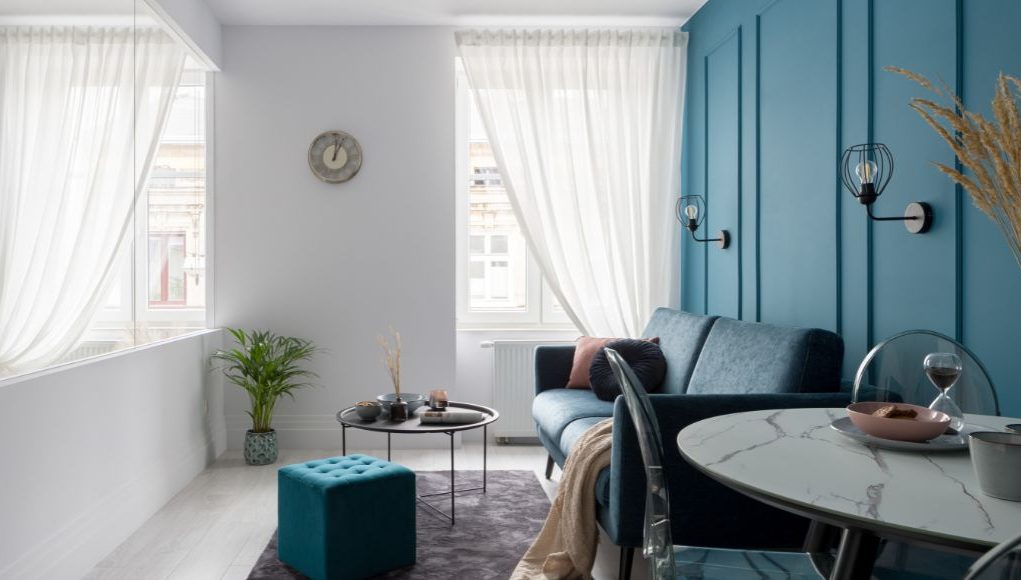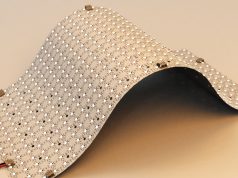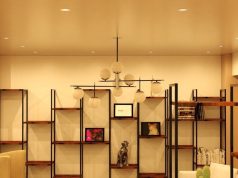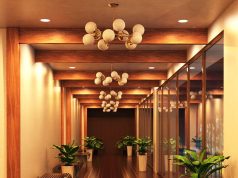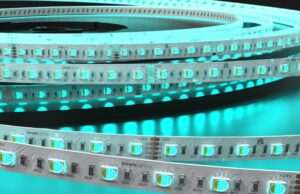LED lighting is the frontrunner when it comes to energy-efficient lighting. Its low power consumption, high lumens per watt, and directional lighting efficiency help reduce electrical consumption without compromising performance!
What Makes LED Lighting Energy-Efficient?
Let’s break down each benefit further so you can better understand how LED lighting is more efficient than traditional lights!
Low Power Consumption
When you compare the power consumption of an incandescent, halogen and LED bulb, you can quickly notice the massive difference between them. When an incandescent bulb needs 40w, and a halogen requires 29w, an LED bulb consumes only 8.5w. That’s about 3 times less!
High Lumens per Watt
LED lighting also has superior light output. When you compare it, an incandescent bulb will have 15 lumens per watt, and a halogen bulb will have 25 lumens per watt. With LEDs, their outstanding light output and energy efficiency translate to 72 lumens per watt!
Directional Lighting Efficiency
Another characteristic that makes LED lighting energy efficient is its directional lighting. LEDs emit luminance in a precise direction, reducing trapped light and the need for reflectors. Being directional helps LED lighting decrease wasted brightness!
Cost Savings with LED Lighting
How much can you actually save with LED lighting? Why is it an economically sound decision?
Reduced Electricity Bills
The low power consumption of an LED light directly affects your electricity bill. For example, say you’re using a halogen bulb with a 29w power requirement in every room of your home. If you swap them out with an 8w LED bulb, your consumption will notably decrease. Even if you don’t switch all the bulbs in one go, changing a few can impact your energy savings!
Long Lifespan Reduces Replacement Costs
LED lights can easily outlast traditional fixtures. How long are we talking about? An LED bulb typically lives for 25,000 to 30,000 hours. An incandescent bulb can only live for 1,000 hours, and a halogen bulb only has 2,000 to 4,000 hours. As a result of the longevity of LED lighting, you don’t have to purchase replacements constantly, reducing your maintenance expenses!
Low Heat Emission Saves on Cooling Cost
Have you been using traditional fixtures ever since? Do an experiment in one room and swap that traditional fitting with an LED. You’ll notice the difference in the room temperature. You see, LED lighting doesn’t produce as much heat as conventional lights. As a result, your cooling system doesn’t have to overwork itself to provide you with a pleasant atmosphere!
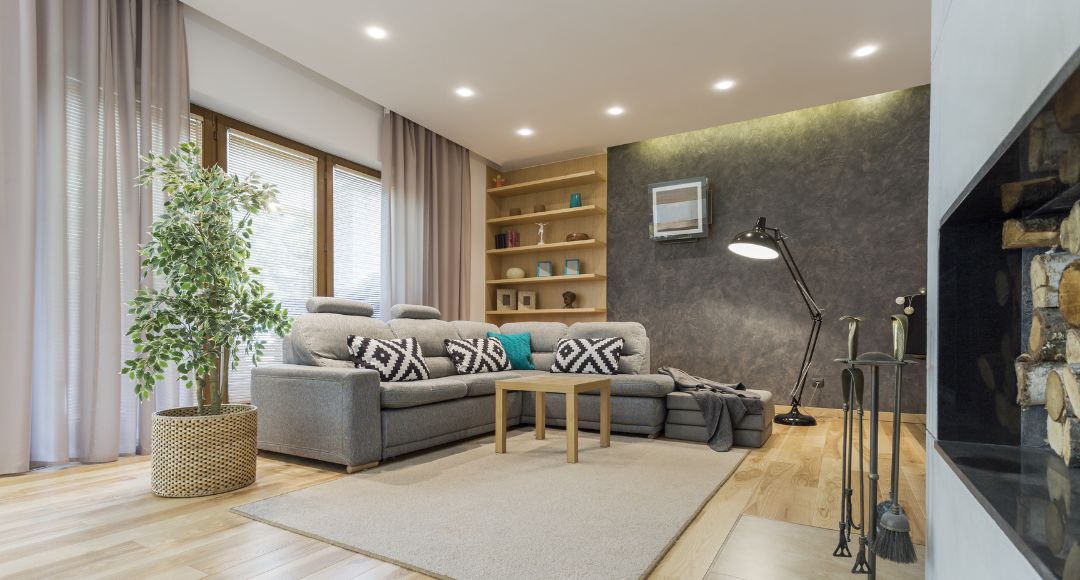
Environmental Benefits of Switching to LED Lighting
Switching to LED lighting has environmental benefits. How can you help Mother Nature by using LEDs?
Lower Carbon Footprint
Lower energy consumption can reduce your electricity bill. However, that’s not all! You can also reduce greenhouse gas emissions!
No Harmful Chemicals
Unlike fluorescent tubes containing mercury, LED lighting has no toxic materials. If you mistakenly throw out a conventional fixture and its harmful substances leak, it can contaminate bodies of land and water and endanger wildlife. With LED lights, nothing like that will happen. They are recyclable, and some facilities can recycle them if you don’t know what to do!
Less Waste Due to Longevity
If an incandescent bulb lives for 1,000 hours, and an LED bulb lives for 25,000 hours, how many incandescent bulbs will you dispose of before a single LED bulb needs replacement? Since LED bulbs have an extended lifespan, there are fewer bulbs being transported to landfills!
How to Choose the Right Energy-Efficient LED Lighting for Your Home
What should you check to ensure that you have the most efficient LED lighting for your home?
Understanding Lumens and Watts
Lumens and watts are two separate units of measurement. They don’t both quantify brightness. While lumens do measure brightness, watts measure power. Before buying, you must assess lumens and watts to guarantee you have what you need. Different rooms would have a unique requirement. The brightness requirement is determined by the purpose of the space and your preference!
Picking the Colour Temperature
Colour temperature can influence your perception of brightness. Sometimes, you’ll think that it’s dark when, in fact, it’s just the colour that’s making the room seem dark. Choose cool or natural white light for more clarity in workspaces and high-traffic areas. Alternatively, pick warm white light for areas of rest and low-traffic rooms!
Look for ENERGY STAR® and Other Certifications
You will see certifications and efficiency ratings in the packaging or website listing of LED lighting. Ensure that you check these guarantees and only purchase certified LEDs to maximise the efficiency you can get!
Conclusion
Energy efficiency goes a long way. It can affect your expenses, increase your savings, and help protect the environment. Choosing LED lighting over conventional lights will help you maintain quality and performance without sacrificing your hard-earned money!
If you’re ready to switch, visit our website, Simple Lighting! We have a comprehensive range of indoor, outdoor, and commercial lighting solutions.


